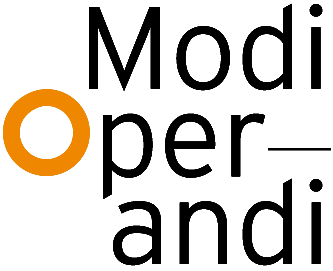CONCLUSION: WHAT IS THE PLANETARY SCALE?
Two conclusive comments can be drawn from this perspective of the project with extracts from research on landscape in critical zones.
The first point is that thinking on the scale of the earth requires localized places and many dimensions. Contrary to the theories of ‘hyperobjects’ by Morton presented in the section Theory, Earth Magnitude[26] , – and the project also empirically attests to this – we can only know and experience something, especially the earth, in one place. This does not mean that we cannot access knowledge from many places. On the contrary, it is through the network of observatories in the critical zone, in their variety and multiplicity, that an understanding of the ‘earth’ emerges, that is, what it feels like to be an earthling. The planetary scale is not a hyperobject that we cannot access but rather a network of pluriverses accessible through the sensors of the critical zone. For Latour, the meaning of the terrestrial is not to think as a whole, beyond the human perspective, but rather to look from the ground, from within, being embedded in multiple relationships with living beings with their own trajectories. It is through fieldwork that one can experience this, looking closely at tiny particles through the sensors. The CZ sensors are not interested in the big things, but rather in the micro that leads to the macro, i.e. the biogeochemical cycles. In these cycles, scientists see human activity as traces, signatures – and especially disruptors – of the cycles.
The second point is that our experience of working with scientists makes us realize that it is not simply a matter of ’transporting/transposing’ knowledge of the earth into architectural studies, but also of empirically constructing how we architects understand earth entities. And thus, to undertake a truly transdisciplinary work: to imagine new ways of learning from and with, to multiply the capacities to learn from and with and in the critical zone, in open weavings with scientists and inhabitants.
Free PDF: Reflections on Sensors and Observatories in the Critical Zone : Alexandra Arènes
Alexandra Arènes is Doctor in Architecture from the University of Manchester. She co-founded Studio SOC (Société d’Objets Cartographiques) in 2016 working at the intersection of art and science ant producing alternative mappings, workshops and exhibitions. The studio designed an installation at the ZKM Museum in Karlsruhe for the exhibition Critical Zones. Observatories for Earthly Politics curated by Bruno Latour. She co-authored Terra Forma, a book of speculative maps published by the MIT press in 2022. Her research and practice address the understating and representation of landscapes in the context of climate change, notably through her thesis ‘Design at the time of the Anthropocene: Reporting from the Critical Zone’.
